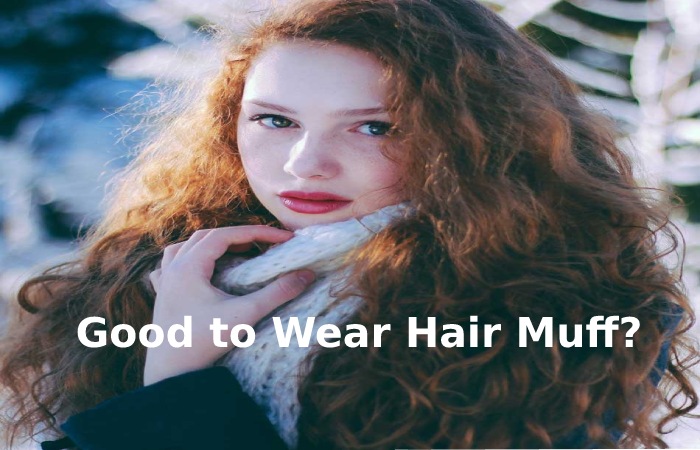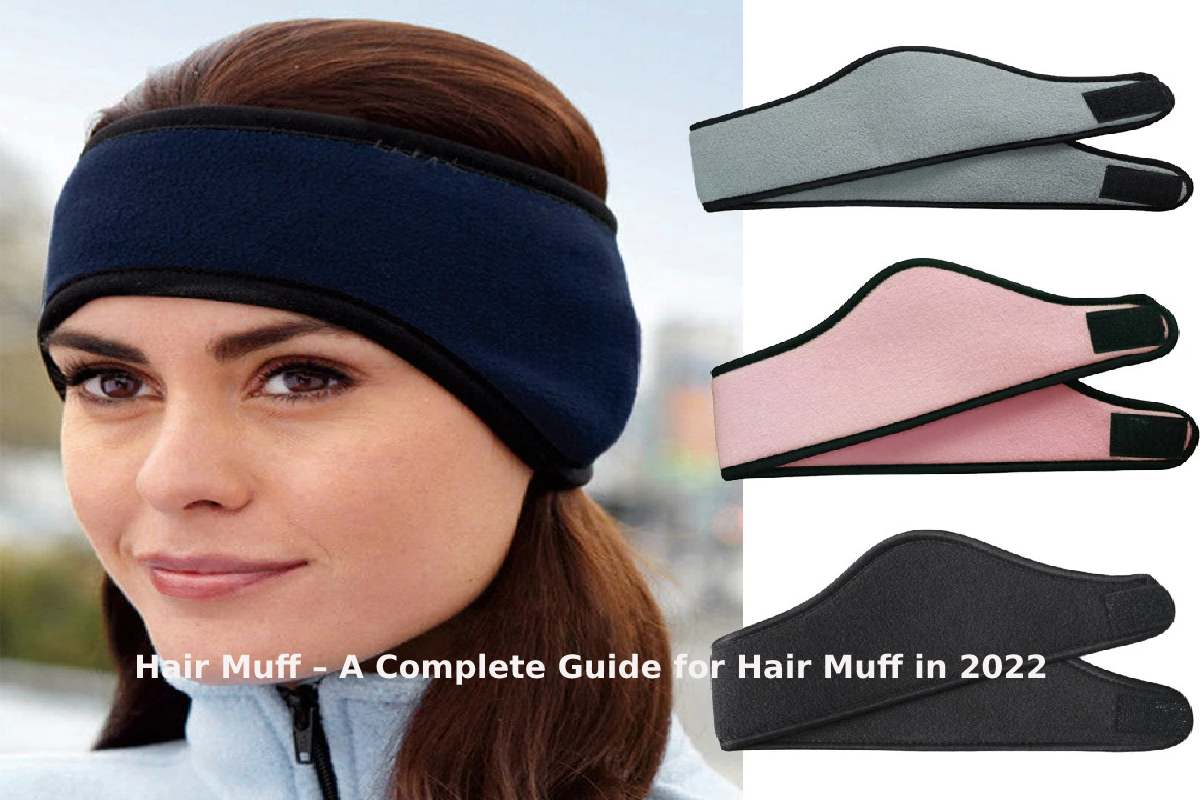Table of Contents
Definition of Hair Muff
Hair Muff is one of a pair of hair coverings connected by a flexible band and worn as protection against dust or pollution.
Hair Muffs are personal protective equipment (PPE) used to protect the wearer. Protect from excessive pollution, dust, or temperature variations, especially cold and hot. They are made of thermoplastics and sponges and are shaped like a pair of cups.
Good to Wear Hair Muff?

People should wear a hair protector if the pollution or dust level they are visible is close to or greater than the work-related exposure limits (WEL) for Hair.
Benefits of Hair Muff
- One of the main advantages of hair muffs is that they are easy to fit. As a result, they do not need to be specifically prepared and can be put over the head. This makes them a model for intermittent use and especially suitable for construction and landscaping work.
- Because they fit directly onto the head to a higher level of protection from dust and pollution, those employed in factories, foundries, or on the tarmacs at airports are suitable candidates for this type of hair protection.
- For maximum protection, a muff and plug must be worn together, and both devices must be worn correctly and consistently. Even short periods of disuse can dramatically reduce effective protection.
What are Passive Muffs?
Passive hair muffs are made from a wide range of materials and are what most people think of as hair muffs. They block sound consuming just the foam and additional components of the hair cup. In certain industries, such as buildings, utilities, and airlines, passive hair muffs have a long history of acceptance.
What is Used to Cover Hairs in Winter?
The cold weather leads to a gentle slow down blood movement, and the unprotected nerves in the head create pain impulses to notify you of the potential risk of staying out for too extended. The sensitivity of the head not only encourages the use of hair muffs or winter caps, but it also refers to the dangers of exposure.
Do Hair Muffs Keep you Warm?
Hair muffs are an essential winter accessory that can help retain your body heat when you go outside during the colder months. The best inter-hair muffs should have a snug fit to keep your head and ears warm without causing discomfort.
How do I Keep Head Warm Outside?
Here’s How to Keep Your Head Warm Without Totally Messing Up Your.
Ear Mitts. A cousin of the ear muff, these warmers come in two separate pieces and fit easily over your ears without even a headband to mess up your Hair.
- Head muffs
- Head Wraps.
- Knit Turbans.
- Loose, Light-Weight Beanies.
- A Bun and Beanie.
- Dry Shampoo.
How do I Keep my Ears Warm Outside?
It would help if you chose a warm hat that covers your ears. For example, you might want to choose a style with ear flaps or a hat that can be pulled down over your ears. Another option would be to wear hair muffs or earmuffs. Wrapping a scarf around your face and ears could also have the same effect and help protect your nose.
- Wear a hat with snug-fitting ear flaps.
- Fleece headbands that cover the ears can be worn under a warm hat or beanie for extra protection.
- Commercial ear plugs are helpful, but custom-fitting ear plugs made by a hearing specialist can provide better protection.
History of Muffs
Muff, in wearing apparel, is usually a cylindrical covering of fur, fabric, feathers, or other soft material, with open ends into which the hands are placed to keep them warm. Originally a purse and hand warmer in one, the muff was first introduced to women’s fashion in 1570. When fur trimming was becoming popular.
In the 17th century, they were used by both men and women. In the 19th century, however, muffs were considered an essential accessory only for a feminine dress and ranged from large down muffs to small fur or velvet ones matching the trim on a woman’s dress.
Conclusion:
Hair Muff is an accessory that protects the user’s ears from loud noises, intrusion of water, foreign bodies, dust, or excessive wind. Since they reduce the sound volume, hair muffs are often used to help prevent hearing loss and tinnitus.

